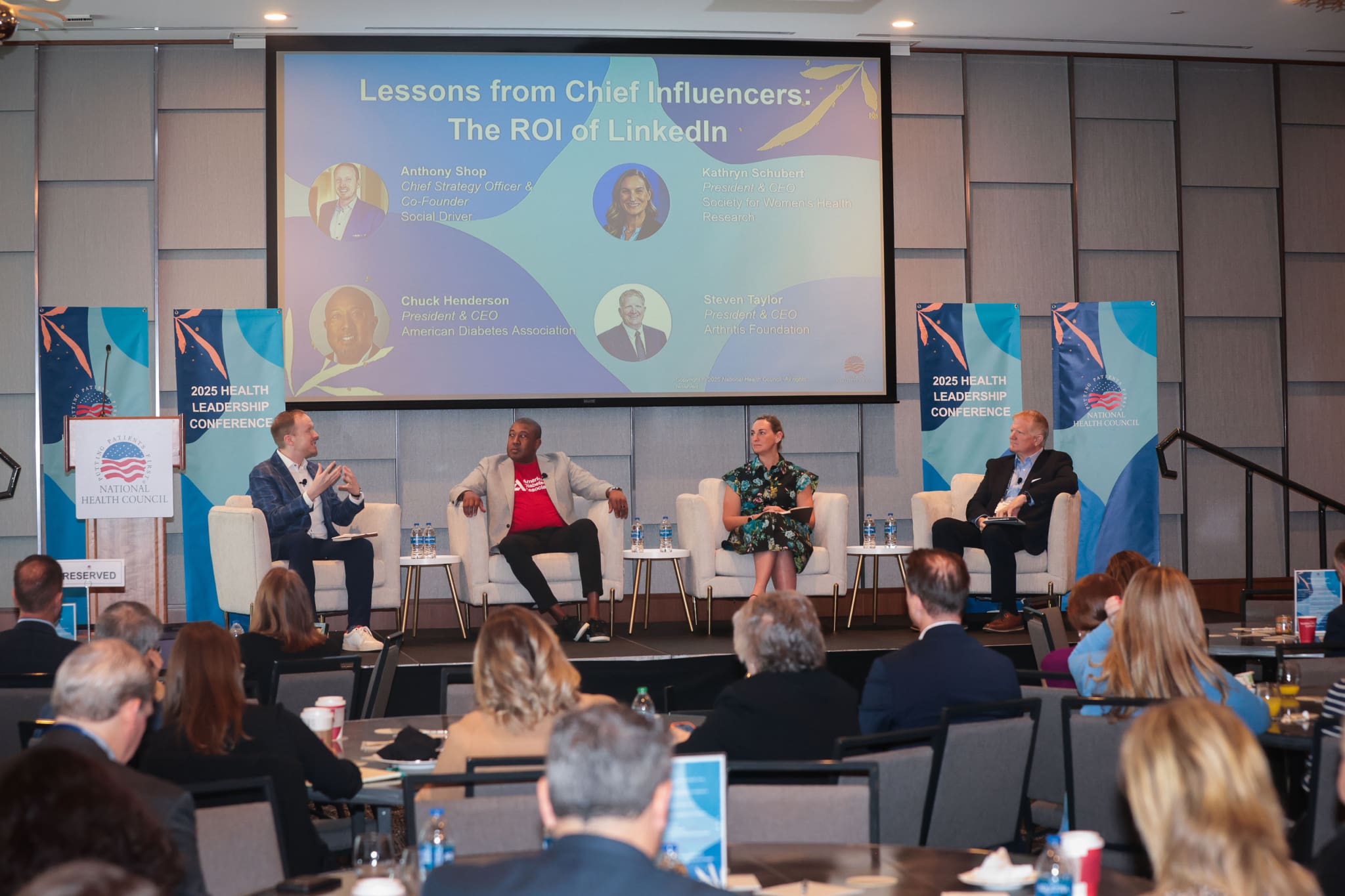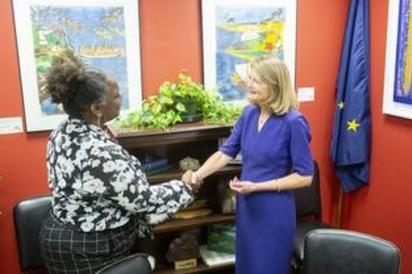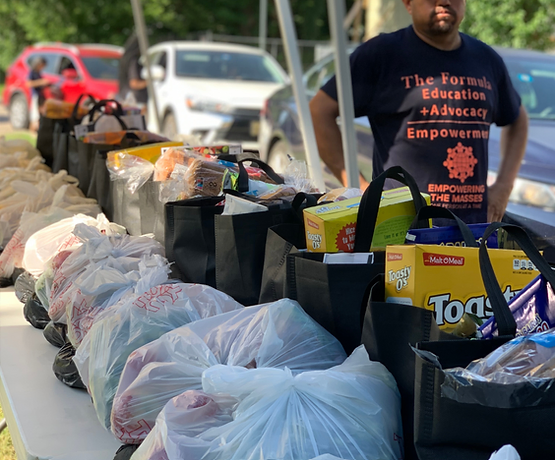April is National Volunteer Month, when we celebrate and recognize the contributions of volunteers across our country. One year from now, in 2026, National Volunteer Month will arrive as our nation is ramping up its celebration of the semiquincentennial (250th anniversary) of the Declaration of Independence. That occasion presents an extraordinary, not-to-be-missed opportunity for the social sector in general — and individual nonprofit and charitable organizations across the nation — to tell their stories as part of the broader American history and story of service.
The truth, which is too seldom recognized, is that the American spirit of service, in all its many and diverse forms, has always been the true secret to how our nation has evolved and prospered these many years. And it is also true that the spirit of service is the key to whether or not our cherished constitutional democratic republic is going to make it for another 250 years. Service, more than anything else, has the power to unite people — respecting differences and transcending divisions for the sake of others and the greater good. We need that now, perhaps more than ever.
The National Museum and Center for Service — the first of its kind and an Independent Sector member — will be a space dedicated to honoring and inspiring the spirit of service over self, and celebrating the everyday people whose service transforms communities and sustains our democracy. The museum also will bring the story of American service to communities around the country through installations in public libraries and exhibits on college campuses, sharing the diversity and spirit of service that is fundamental to our nation’s character.
In collaboration with Independent Sector, the museum has launched a bold and exciting initiative called 250 and Beyond, dedicated to creating inspiring and impactful exhibitions of service in schools and communities all across the nation in time for the 250th celebration. This vision is not simply for a symbolic, temporary, once-every-quarter-millennium event. Rather, it is an opportunity for every community and organization to participate in creating enduring exhibits of service that will be sustained forever, will be constantly renewed, and will continually tell fresh new stories honoring the historic legacy and current reality and beauty of service. This past October, we brought together hundreds of service leaders at the MLK Library in Washington, DC, for our first National Service Symposium to more formally launch this partnership.
So how do we propose to do this? How can your organization and community participate? The answer is found by recognizing three resources every community and every school already has, including:
- people and organizations that serve either through their professions, work, or as volunteers;
- physical places, like libraries, schools, community centers, and other locations where people already go and where engaging exhibitions of service can be placed; and
- the intrinsic local talents and resources to collect inspiring stories and then turn them into posters, displays, banners, or other physical exhibitions.
By gathering stories of people and organizations who serve, turning those stories into physical displays, and putting those displays where people go, we can reach people from all walks of life in places where they already go multiple times each day, nearly every day of the year. And if each of the displays tells people how they too can get involved, more of them will be more likely to become engaged — resulting in more public awareness of our work, more appreciation of the inherent goodness in our communities, lessened isolation, more volunteers and staff, and very likely more contributions to help our organizations sustain our important missions and work.
To help you turn this vision into reality in your own institutions and communities, we have created and field tested three different free, open source toolkits that you can access at 250andBeyond.org. One kit is for K-12 educational settings, the second for higher education locations, and the third for community public exhibitions. You are free to download those and adapt them to fit the needs of your organizations, communities, and spaces. There is no one way to do this and no real “wrong” way — except not to do it at all, or to only honor one form of service at the exclusion of others.
If you’re wondering how you can possibly find time or money to do this, the good news is that the toolkits have been tested and have proven that average citizens and service organizations can create exhibits that are inspiring, inclusive, affordable, collaborative, unifying, and portable (so they can be moved to different locations). And all of this can be done in a matter of six to eight months from start to finish.
Martin Luther King famously said, “Everybody can be great, because everybody can serve.” He went on to say, “You don’t have to know the second theory of thermodynamics in physics to serve. You only need a heart full of grace, a soul generated by love, and you can be that servant.”
Dr. King was right about that. We need to remind people every day of how much we all benefit from the service of so very many others, and how each of us can serve in some way. Just as Dr. King said everybody can serve, we believe — and we have seen the truth — that every community can create exhibitions to honor service in all its forms. When you do that, good things are sure to happen.
And when we say this, we mean it in absolute sincerity, “Whatever way you serve, thank you for your service.”
The Honorable Brian Baird, former U.S. representative for Washington’s 3rd congressional district from 1999 to 2011, is CEO and founder of the National Museum and Center for Service.




